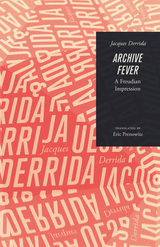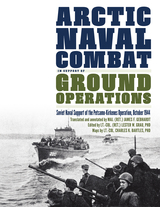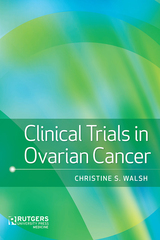
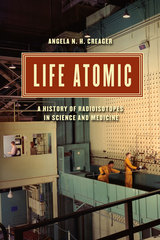
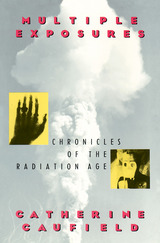
the history behind the safety standards limiting the effects of high energy
radiation on human beings. . . . Provides an immense amount of information
in a very readable form."—W. Alan Runciman, Prometheus
"From fallout and radon to radioactive smoke detectors and dental X-rays,
Caufield traces the proliferation of the uses of radiation in medicine,
industry and the military, and in generating energy. An intelligent,
non-alarmist history."—Publishers Weekly
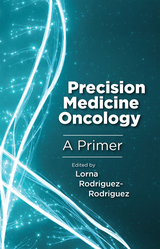
Precision Medicine Oncology: A Primer is a concise review of the fundamental principles and applications of precision medicine, intended for clinicians, particularly those working in oncology. It provides an accessible introduction to the technological advances in DNA and RNA sequencing, gives a detailed overview of approaches to the interpretation of molecular test results and their point-of-care implementation for individual patients, and describes innovative clinical trial designs in oncology as well as characteristics of the computational infrastructures through which massive quantities of data are collected, stored, and used in precision medicine oncology.
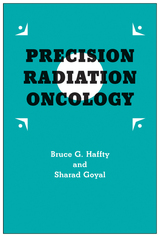
By describing current existing clinical and pathologic features, and focusing on the ability to improve outcomes in cancer using radiation therapy, this book discusses incorporating novel genomic- or biology-based biomarkers in the treatment of patients moving radiation oncology into precision/personalized medicine. Precision Radiation Oncology provides readers with an overview of the new developments of precision medicine in radiation oncology, further advancing the integration of new research findings into individualized radiation therapy and its clinical applications.

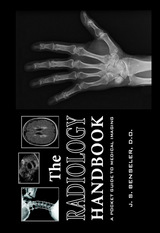
Designed for busy medical students, The Radiology Handbook is a quick and easy reference for any practitioner who needs information on ordering or interpreting images.
The book is divided into three parts:
- Part I presents a table, organized from head to toe, with recommended imaging tests for common clinical conditions.
- Part II is organized in a question and answer format that covers the following topics: how each major imaging modality works to create an image; what the basic precepts of image interpretation in each body system are; and where to find information and resources for continued learning.
- Part III is an imaging quiz beginning at the head and ending at the foot. Sixty images are provided to self-test knowledge about normal imaging anatomy and common imaging pathology.
Published in collaboration with the Ohio University College of Osteopathic Medicine, The Radiology Handbook is a convenient pocket-sized resource designed for medical students and non radiologists.
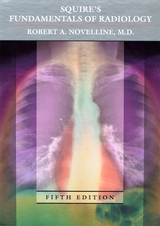
This new edition of Fundamentals of Radiology brings up to date the consummate, classic work by Lucy Frank Squire and Robert A. Novelline that has introduced generations of medical students to radiology.
The standard introductory text for more than thirty years, Fundamentals of Radiology is a model of clarity and comprehensiveness. Robert Novelline continues that tradition by thoroughly updating and expanding this edition to reflect the latest types and uses of imaging techniques. Complementing the text are many superb reproductions of plain film, computed tomography, magnetic-resonance, and ultrasound images--hundreds of them new to this edition. In addition, Novelline has added five important chapters. A new chapter near the beginning of the book provides an atlas of drawings and images that allows the reader to review normal plain film and CT anatomy. Another new chapter is devoted to vascular imaging, including CT angiography, MR angiography, and vascular ultrasound, especially full-color Doppler ultrasound images. The chapter on interventional radiology covers therapeutic procedures performed by radiologists, such as angioplasty, embolization, and percutaneous biopsy. To address the different medical conditions of males, females, and children, another new chapter examines the imaging of obstetrical, gynecological, testicular, prostate, and urethral disorders, and considers a variety of childhood ailments and problems, including child abuse. Finally, a new chapter on TB and AIDS shows how radiology can track the course of a single disease over time and trace the depredations of a multisystem disease.
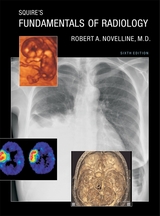
READERS
Browse our collection.
PUBLISHERS
See BiblioVault's publisher services.
STUDENT SERVICES
Files for college accessibility offices.
UChicago Accessibility Resources
home | accessibility | search | about | contact us
BiblioVault ® 2001 - 2025
The University of Chicago Press




